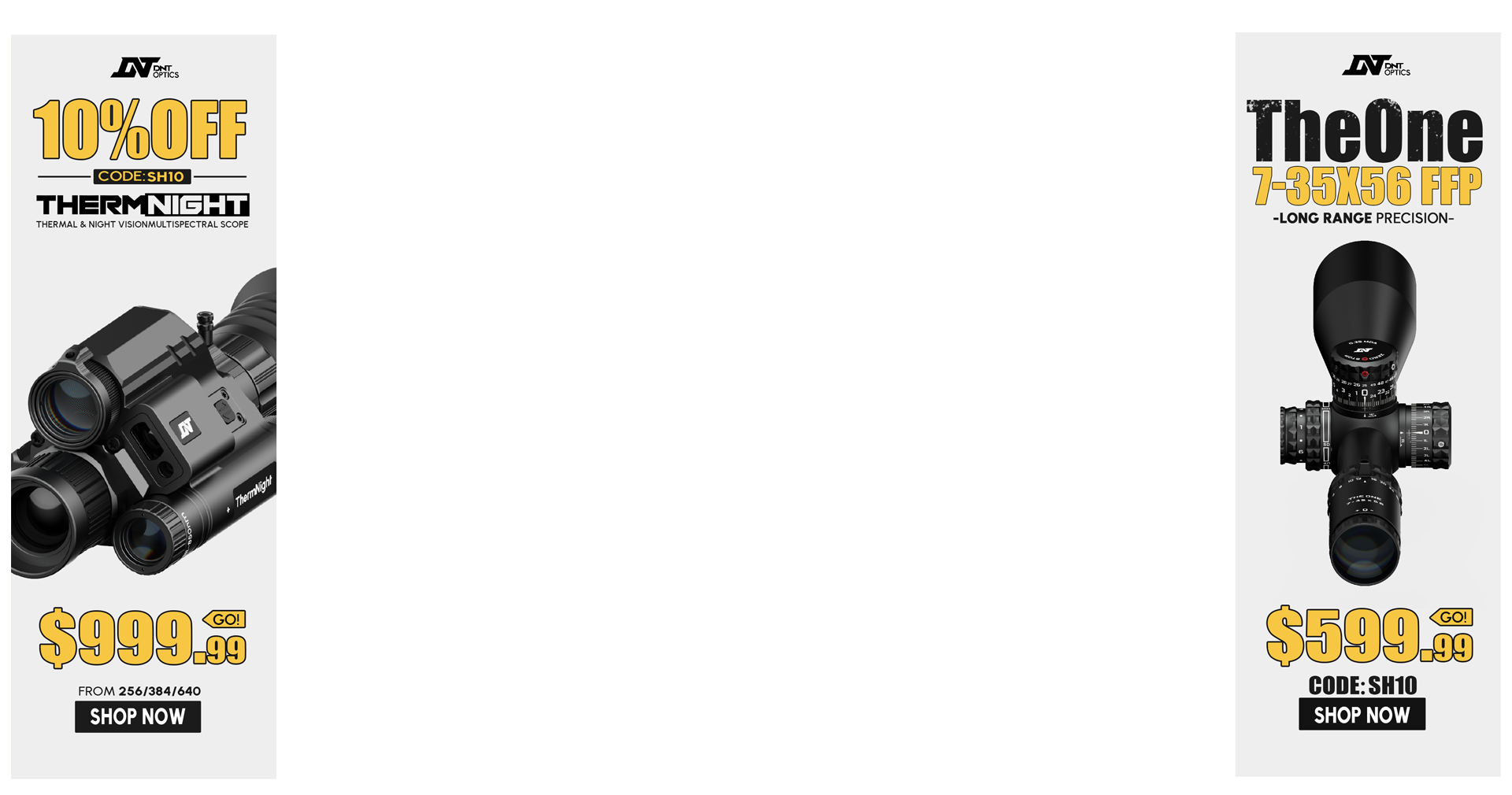Need some advise from the smiths here:
Finally got around to cutting the barrel on my Remy PSS. The goal was to cut 4" off, crown and thead for a flash hider.
Using a Grizzly G4003G lathe I got her cut, dialed in, turned down, crowned, and threaded for a good fit of the hider. Everything fits well and looks prof (for the most part).
However, I'm having a hard time getting smooth crests on the threads. I was threading at 70 rpm and using a sharp HSS bit with good cutting oil. Made 3 cleanup passes but that didn't smooth things out as well as I thought it would.
The fit is good and the hider screwed on snug with no problems. I'm not worried about any problems with the setup so I guess we're only talking about looks at this point.
So, how do I get threads turning out as well as I see here on the Hide? Any and all advise appreciated.
Finally got around to cutting the barrel on my Remy PSS. The goal was to cut 4" off, crown and thead for a flash hider.
Using a Grizzly G4003G lathe I got her cut, dialed in, turned down, crowned, and threaded for a good fit of the hider. Everything fits well and looks prof (for the most part).
However, I'm having a hard time getting smooth crests on the threads. I was threading at 70 rpm and using a sharp HSS bit with good cutting oil. Made 3 cleanup passes but that didn't smooth things out as well as I thought it would.
The fit is good and the hider screwed on snug with no problems. I'm not worried about any problems with the setup so I guess we're only talking about looks at this point.
So, how do I get threads turning out as well as I see here on the Hide? Any and all advise appreciated.



